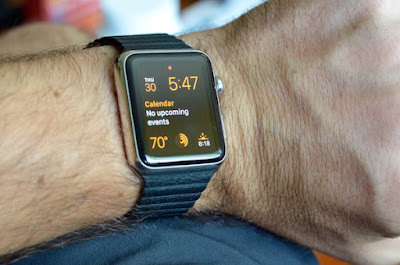5 Pros and Cons of Apple watch after 3 months

I've been wearing my Apple Watch every day since it arrived in early May. Since then I've been recording my thoughts both positive and negative on the newest of Apple's products. Here are my top 5 pros and cons. Pros: Notifications - Wearing a tiny computer as a watch means I don't always have to keep my phone on me and I often leave it at my desk. While it seems insignificant, I assure you, it's not. I love the feeling of empty pockets while checking my texts and emails. Aesthetics - I love wearing the watch with any outfit. it's quite stylish The Clock - With so many customizable features for the clock the watch always seems new. Whether I'm sporting a minimal clock face or a digital time with 4 other complications like temperature, schedule, activity, and sunrise/sunset I feel like the watch is customized just for me and what I need at that time. Siri - While Siri doesn't always work perfectly, it's still an amazingly useful technology ...
